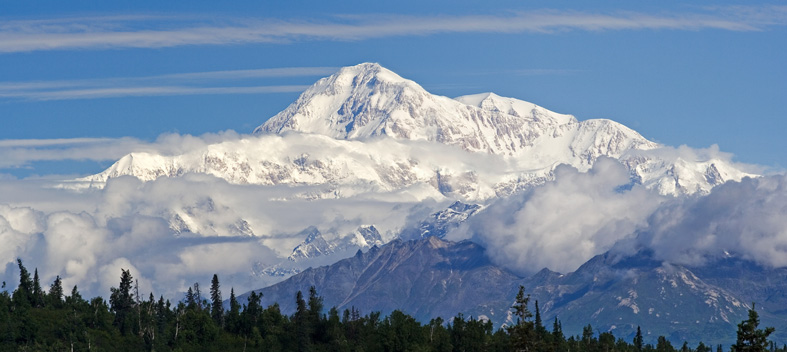US +1800 764 0366 | Europe & Middle East +44 (0)115 980 3800 | Asia-Pacific: +61 2 7227 5369

DENALI NATIONAL PARK, Alaska (April 25, 2008)— A team of firefighters from Staffordshire Fire and Rescue services in the West Midlands region of England will soon be climbing 20,320-foot (6,194-meter) Mount McKinley, the highest mountain on the North American continent, as part of a “Fire and Ice Expedition” to raise money for charity.
Luxfer Gas Cylinders is helping sponsor the challenging expedition, which will take place May 6 through June 1. The Staffordshire Fire & Rescue Team hopes to raise £34,000 (about $64,323) for the Fire Service Benevolent Fund, which assists injured firefighters.
Experienced climbers will accompany the team to the summit and back. Team members have been undertaking a strict fitness regime to prepare themselves both physically and mentally.
Mount McKinley, part of the Alaska Range, was named after U.S. President William McKinley in 1897, but the mountain is also known as “Denali,” a much older name that means “the big one” in the Athabaskan language spoken by Native Americans of the region. Denali is now also the name of the beautiful U.S. National Park that surrounds the famous mountain.
In terms of elevation above sea level, the world’s highest mountain is 29,028-foot (8,848-meter) Mount Everest in the Himalaya Range in Tibet and Nepal. However, many geologists and mountaineers actually consider Mount McKinley to be the world’s highest mountain, per se, because of its significantly greater vertical rise. The base of Mount Everest sits atop the 17,000-foot-high (5,200-meter) Tibetan Plateau, and the real rise of the mountain itself is only about 12,000 feet (3,700 meters). Mount McKinley sits on a 2,000-foot-high (610-meter) plateau, so its actual vertical rise is 18,000 feet (5,500 meters)—some 5,000 feet (1,524 meters) higher than Mount Everest. McKinley is also a much bigger mountain in terms of sheer bulk and square mileage.
Even in May, Staffordshire expedition members may face severe temperatures of -35 degrees C (-31 degrees F) as they traverse glacial ice fields and ascend toward the perpetually snowbound McKinley summit. During storms, winds high on the mountain can exceed 150 miles per hour.
On June 17, 1913, Walter Harper, a native Alaskan, became the first man to reach the summit. The mountain is regularly climbed today, and about half the expeditions reach the summit successfully. But climbing Denali is still a dangerous undertaking—especially since the risk of altitude sickness is unusually severe on this mountain not only due to high altitude, but also because of its latitude that compounds the effects of oxygen depravation. More than 100 climbers have died on Mount McKinley—the latest in 2003.
“The mountain’s nickname is ‘Deadly Denali,’” said Andy Topham, Staffordshire expedition co-ordinator. “We will face extremely low temperatures, the risk of possible avalanches and crevasse falls, the dangers of altitude sickness and frostbite. However, all of these can be avoided with proper training and preparation.” Each team member will be carrying about 80 pounds of gear and supplies up the mountain in stages. They will eat high-calorie dehydrated food and sleep in tents, igloos and, if necessary, snow holes.
For additional details about the expedition, visit the team website at staffordshirefire.gov.uk.